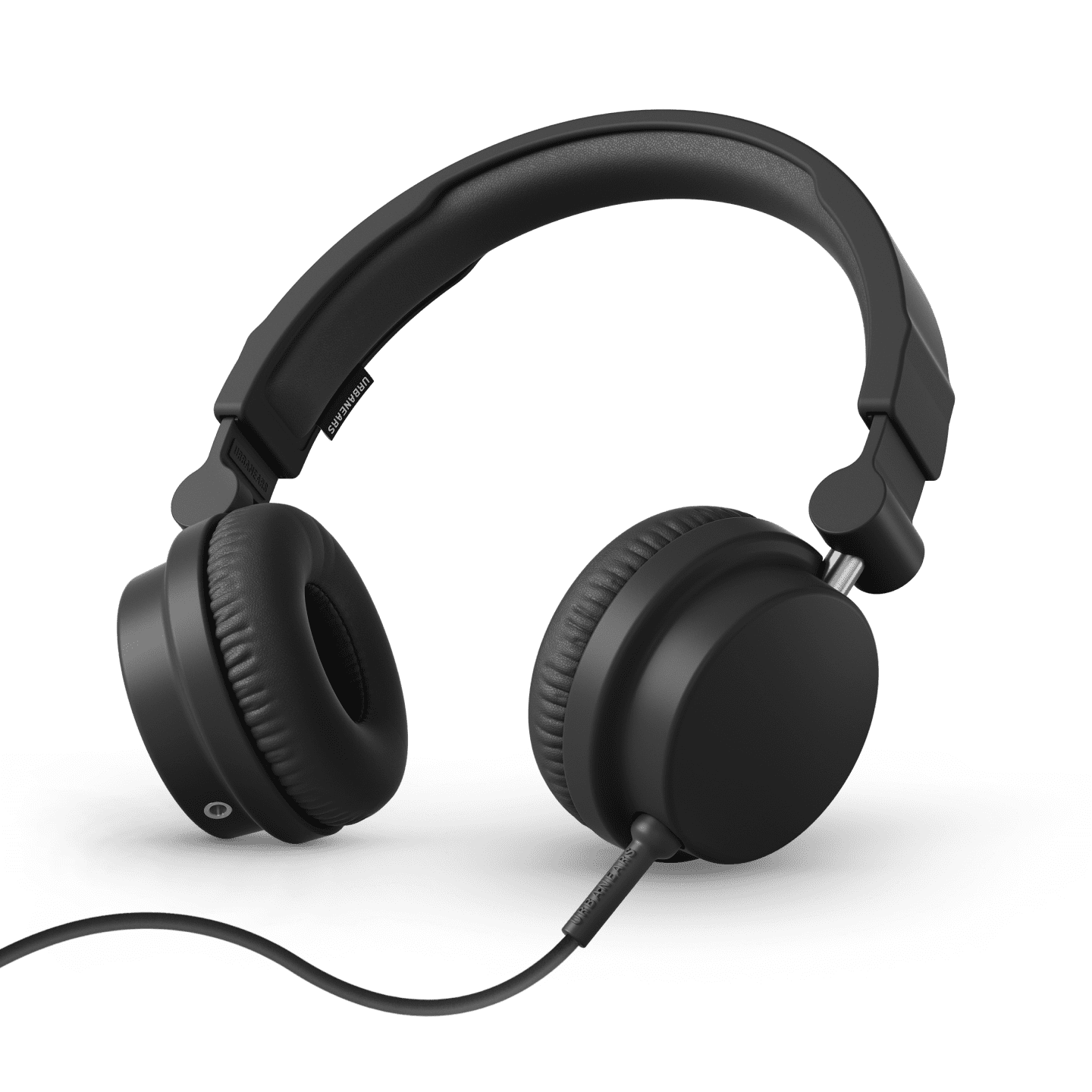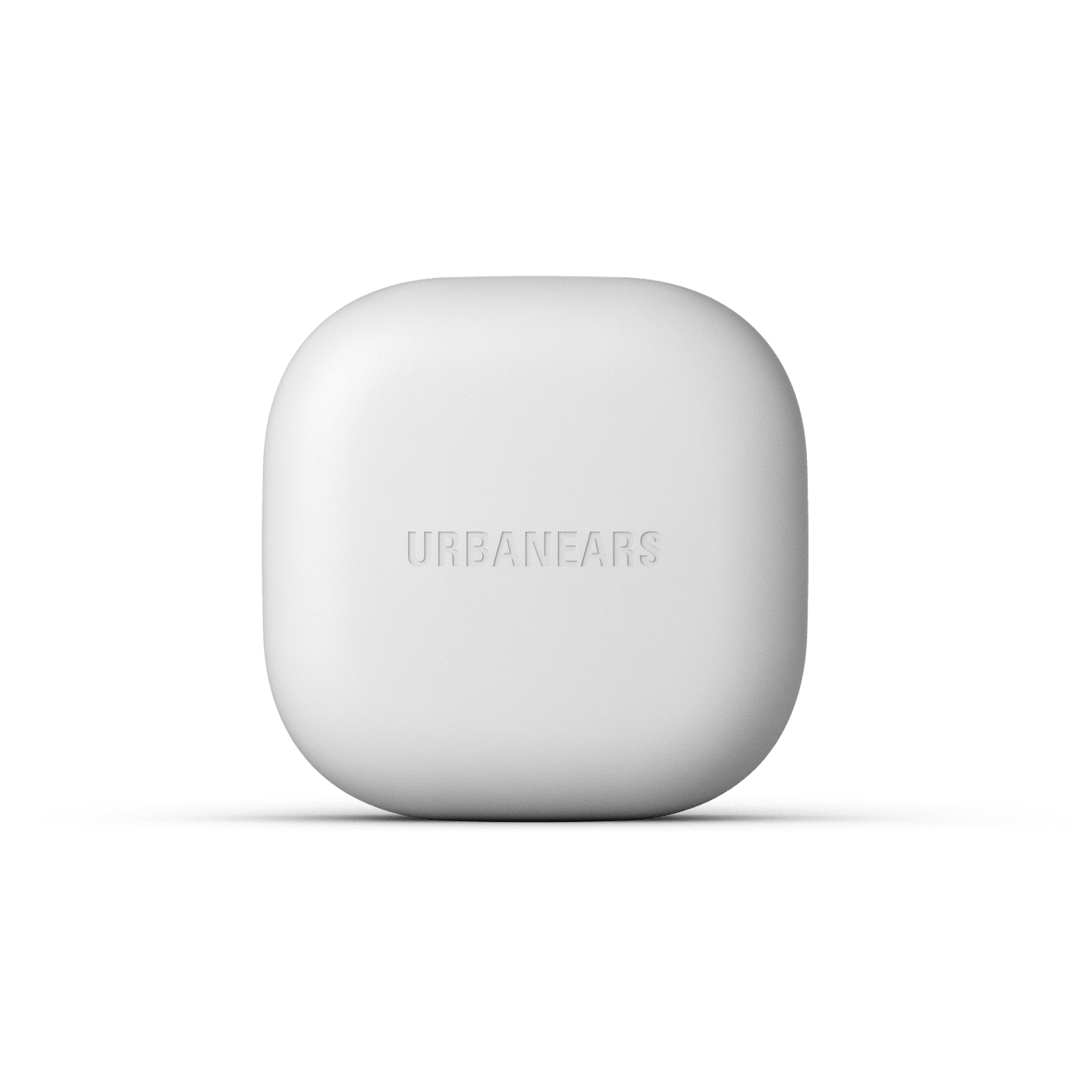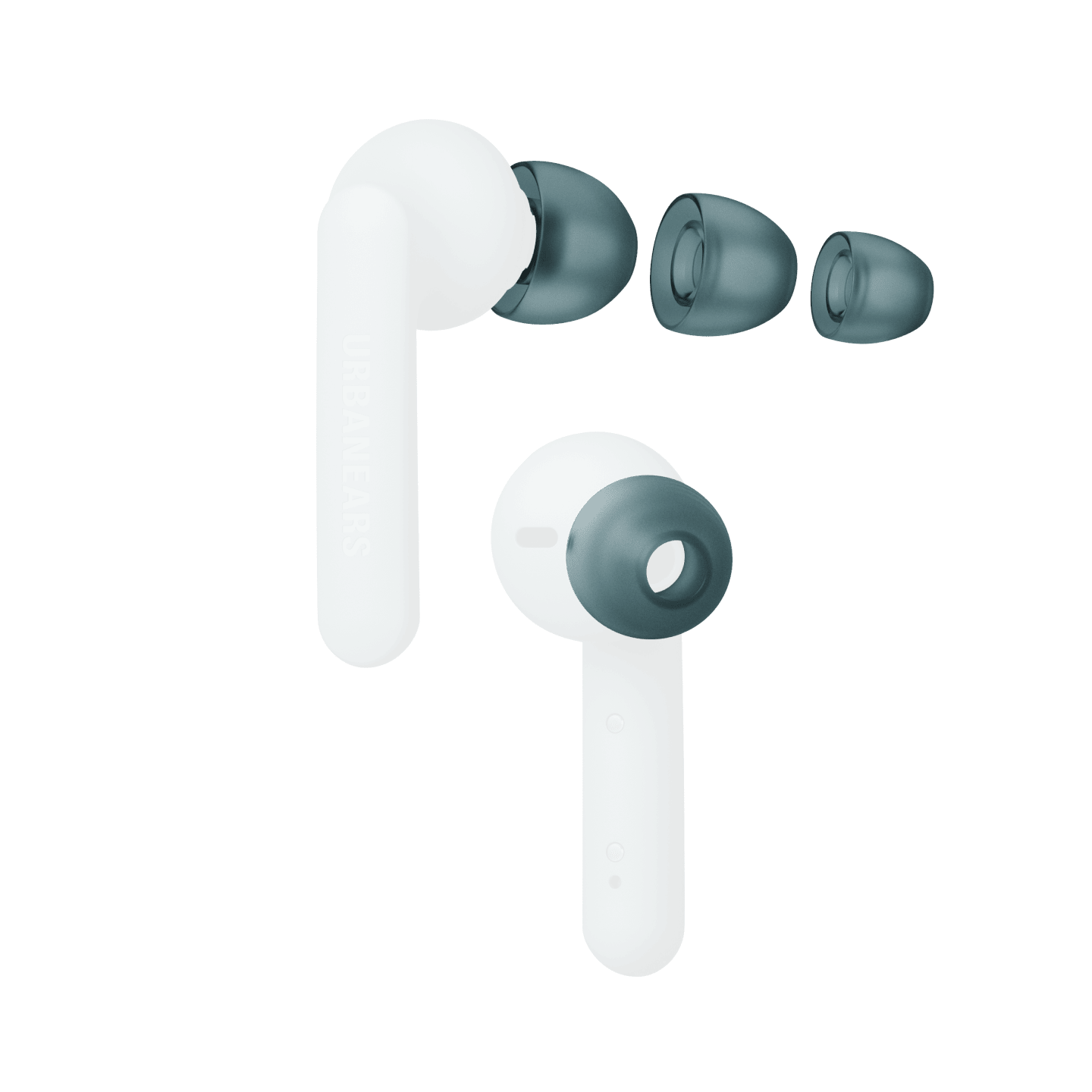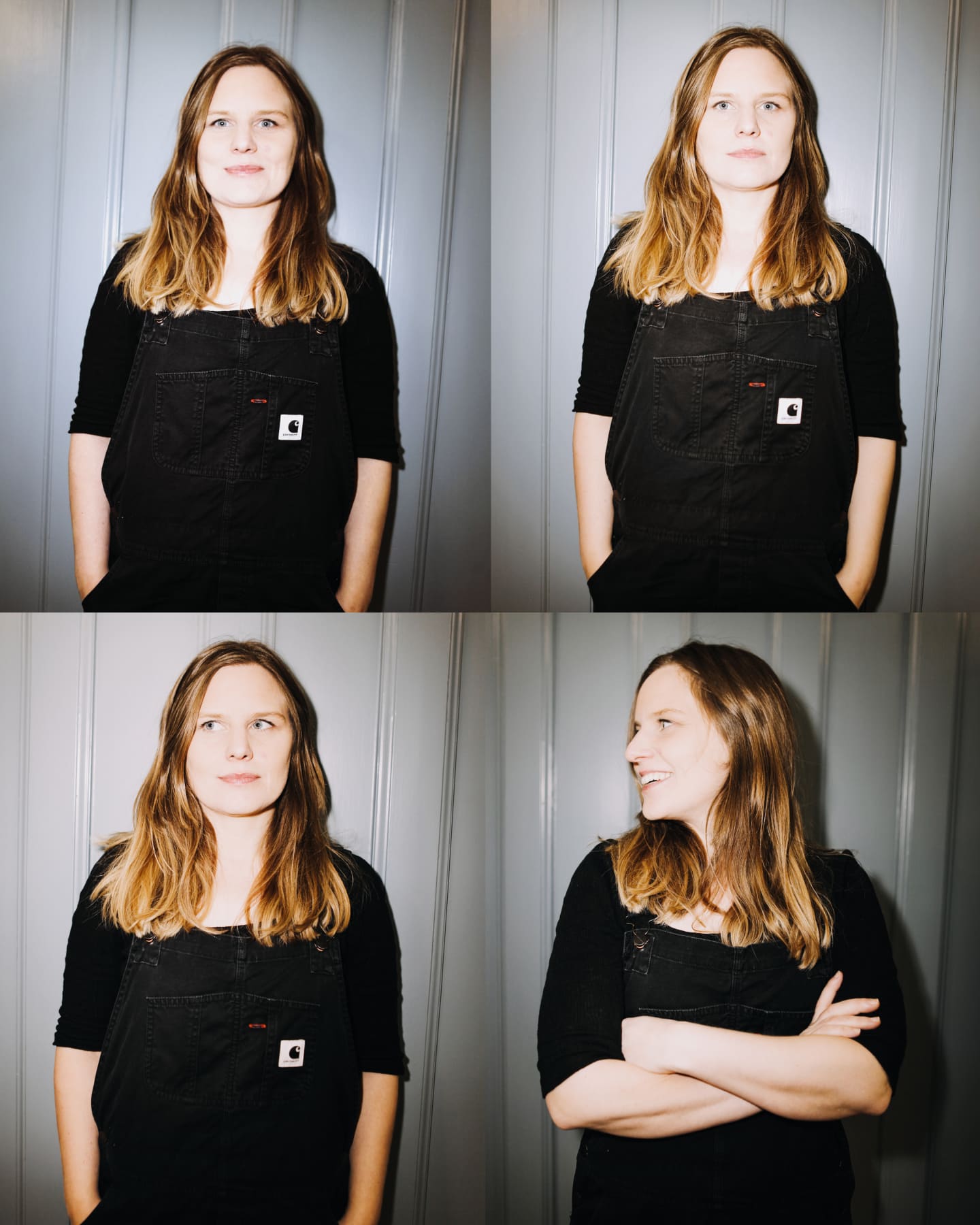Discount
Shipping
$ 19.99
Shipping Discount
- $ 0.00
Total
$ 0.00
Free shipping from
5-7 business days
Orders are shipped from our warehouse in the US.
Warehouse opening hours: Monday through Friday, except holidays, from 8 a.m. to 4:30 p.m. CET
Orders placed within warehouse opening hours will be processed the same day. Once your package has been processed it is ready for shipment and you will receive a Shipping Confirmation Email confirming the number of days the shipping carrier needs to deliver your package.
Below you will find an estimate of the number of working days (Mon-Fri) required to ship our products to you. This estimate starts from the moment you receive the shipping confirmation email with your tracking number.
Orders to countries outside the USA are shipped according to Incoterm Delivered Duty Unpaid (DDU). This means that we do not collect or pay any import duties that may be charged in designated country of delivery. Any additional import charges must be covered by you in order for your package to clear customs. Please contact your local customs office for more information if you are unsure if import duties may apply in your home country.
Warehouse opening hours: Monday through Friday, except holidays, from 8 a.m. to 4:30 p.m. CET
Orders placed within warehouse opening hours will be processed the same day. Once your package has been processed it is ready for shipment and you will receive a Shipping Confirmation Email confirming the number of days the shipping carrier needs to deliver your package.
Below you will find an estimate of the number of working days (Mon-Fri) required to ship our products to you. This estimate starts from the moment you receive the shipping confirmation email with your tracking number.
Orders to countries outside the USA are shipped according to Incoterm Delivered Duty Unpaid (DDU). This means that we do not collect or pay any import duties that may be charged in designated country of delivery. Any additional import charges must be covered by you in order for your package to clear customs. Please contact your local customs office for more information if you are unsure if import duties may apply in your home country.
Method
UPS Worldwide Expedited Carbon Neutral
Cost
19.99 USD
Time
2 - 7 business days.
5-7 business days
Free Shipping From
99 USD
Return policy
Of course you can return your Urbanears product if you are unhappy. We offer a 30 day return policy to all our customers.
When exercising your right of withdrawal, you as the customer are responsible for the return shipping. The cost of the item will be reimbursed from us.
Read more about our Return policy here.
When exercising your right of withdrawal, you as the customer are responsible for the return shipping. The cost of the item will be reimbursed from us.
Read more about our Return policy here.
Safe payments
Your security is important for us. All transactions on this website are processed using Adyen, a secure online payment gateway that encrypts your card details in a secure host environment.
Adyen is fully PCI Level 1 (the highest level) compliant and monitored by Trustwave, an ASV and a QSA for the Payment Card Industry Security Standards Council. This means we hold to the highest industry standards for data protection and network security, and card data is safe with us.
Adyen is fully PCI Level 1 (the highest level) compliant and monitored by Trustwave, an ASV and a QSA for the Payment Card Industry Security Standards Council. This means we hold to the highest industry standards for data protection and network security, and card data is safe with us.
Read about our Terms of purchase policy here
Curacao / English































































